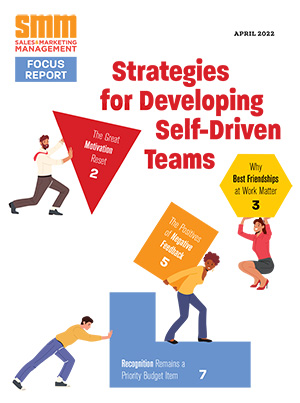Of all the marketing channels available today, cold email has stood the test of time as a powerful way to get the right product in front of the right person at the right time.
While each marketing channel presents a unique balance of cost, control and effectiveness, cold email offers an alluringly direct path: if you have an email address, you can place your product directly in front of your ideal audience on demand.
In theory, it’s simple. The reality, however, is that most people are not very good at it. So why is this seemingly straightforward channel so difficult to master?
The Three Hurdles of Cold Email
When crafting cold emails, people commonly make these mistakes:
- They write for themselves instead of for their reader. – What does your prospect want? Can they actually take action on your request?
- They try too hard to be polite and inoffensive.
- They forget that their target audience is likely receiving hundreds of emails every day.
To overcome these hurdles, a successful cold email must achieve three goals:
- Get attention
- Hold that attention
- Make a clear and simple request.
The first step (getting attention) is where most efforts fail. Many people, when emailing an important executive, default to being overly polite, and their message fades into obscurity.
Remember, these people are humans too, with feelings and emotions. If you want them to act you have to engage their humanity in some way.
Break the Pattern to Get Noticed
Emails that actually get opened are provocative. They elicit an emotional response that creates a pattern break, causing the recipient to pause and think, “Oh, what’s this?”
You have two opportunities to create this moment: the subject line (of course) and the first sentence of your email.
The subject line is the most obvious and effective place to break the email checking pattern. Techniques that I’ve used with success in the past include:
- Using the recipient’s name.
- Employing atypical capitalization.
- Saying something completely unexpected.
Subject Lines That Work
The people worth cold emailing are getting hundreds if not thousands of emails a day. The goal, then, becomes tearing through the noise.
Emails that don’t get noticed don’t get read. But to make this tangible, here’s a few methods that have worked for me in the past:
The Tried-and-True Method
My tried-and-true subject line is: “hey [NAME] – I made you a video…”
This approach is effective for several reasons:
- It’s a Pattern Break: Simply seeing their own name is a pattern break for the recipient.
- It Creates a Curiosity Gap: The line prompts questions like, “You made me a video? Of what? Why?”
- It Looks Different: The lack of capitalization helps the email stand out in a crowded inbox of robotic subject lines.
Of course, the personalized video itself is a powerful differentiator that shows you’ve invested time in the outreach.
The Absurd + Pivot Method
Another strategy is using what can be called hyper-novel subject lines. In 2020, a mass-market cold email campaign that generated calls with over 50 marketing executives used this simple subject line, “hey [NAME], I’m trapped with a squirrel.”
The body of the email involved a pivot to sell Web design services. Wouldn’t a subject line like that warrant a second glance in your own inbox? These seemingly absurd and “unprofessional” subject lines work.
Here are a few real responses from that campaign:
“You’ve got my attention for sure! Your emails have been extremely entertaining and I decided not to reply earlier just because I didn’t want you to stop emailing me!”.
“Thank you for your emails – truly some of the best cold outreach I’ve seen. The squirrel is a particularly memorable detail…”.
“Ok, ok, I give up…could you please send me some options for a call or a calendar link?”
Follow-Ups That Work
Most follow-ups are stale and boring. Much like how you ignore the sides of websites when browsing (because that’s where the ads are), people are trained to ignore the generic “just checking in” follow-up scripts.
Ditch the greeting altogether in the follow-up. You’ve already done that in the first email. Jump straight to something novel, or be curt and direct, I’ve had the most success with this one: “Any interest here, [NAME]?”
Straight to the point, and it’s polite yet curt. Neatly communicates that you’re gently bumping the email without indicating that you are sitting around all day typing out elaborate follow-up sequences.
The Final Litmus Test
When crafting your next cold email campaign, ask yourself this simple question: “If I were the recipient, would I actually open and enjoy receiving this?” If the answer isn’t a clear and resounding yes, it’s time to go back to the drawing board.
Taking risks and pouring a little bit of your soul into each cold email is the only way to cut through the noise these days.





